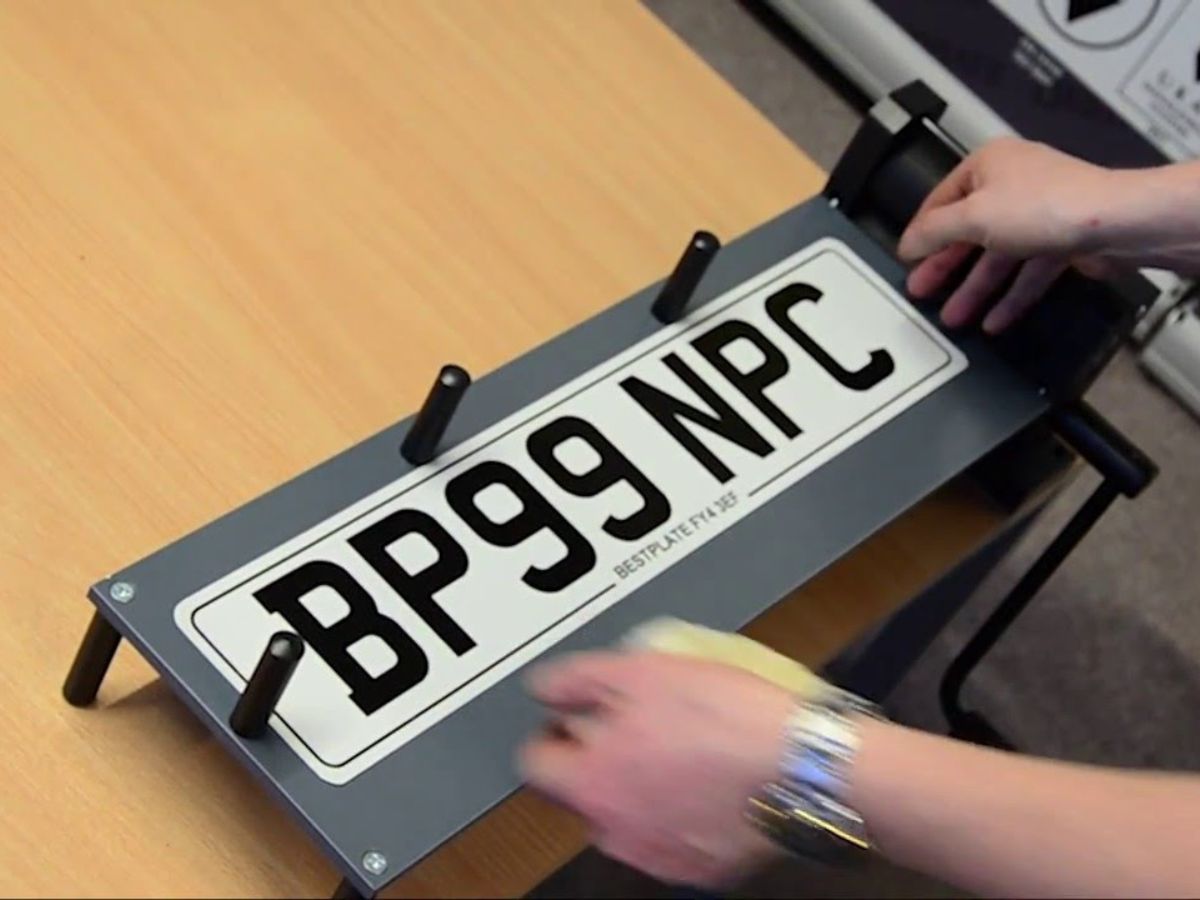Creating 4D number plate is not just a simple task but rather a meticulous process that demands precision and quality materials to ensure the finished outcome is both aesthetically attractive and enduring. The process involves several distinct steps that require skill and attention to detail and the use of high-quality materials that contribute to the unique appearance and feel of 4d number plate UK. From the design stage to the final production, each phase of the procedure is carefully designed and executed to ensure that the end product meets the highest standards of quality. In the following paragraphs, I’ll provide you with a detailed insight into how these trendy number plates are crafted.
Material Selection
When it comes to making 4D number plates, selecting the suitable material is crucial. Unlike the conventional 3D plates that have characters made from raised gel, the characters on 4D number plates are crafted from acrylic. This material is a popular choice among suppliers due to its versatility, durability, and ease of workability. Acrylic is also resistant to weathering and UV light, making it ideal for use in outdoor environments. However, other materials like ABS plastic and aluminium can also be used to make 4D number plates, each with its own set of advantages and disadvantages that should be taken into consideration before making a final decision.
Acrylic Preparation
Once acrylic is chosen as the material, it undergoes a preparation process before it can be used in manufacturing. This preparation involves laminating one side of an acrylic blank with a high-strength adhesive. This adhesive side is later bonded to a reflective backing film, which is an essential step in the production of 4D plates. This process differentiates 4D plates from printed number plates, where the registration is pre-printed onto the film before lamination. The use of reflective backing film is crucial in making 4D plates, as it enhances the visibility of the registration number, especially in low-light conditions.
Crafting 4D Characters
When it comes to creating 4D number plates, the process of making the characters is highly meticulous. It involves selecting acrylic sheets of 3 mm and 5 mm thickness, which are then loaded onto a laser cutter bed. The laser cutter is programmed with pre-made cut files for each character, and it’s a crucial tool in this process as it allows for precision and consistency in cutting the characters. Despite the high speed of the laser cutter, which takes about 25 seconds to cut each character, there is no compromise on quality. In fact, the accuracy of the cuts is about 1/10th of a millimetre, which ensures that every character is cut perfectly. This attention to detail is what makes 4D number plates stand out and look so impressive.
Assembling the 4D Plates
With the 4D characters ready, the assembly of the number plates is the next step. This process begins by printing a work order document containing all order information and some vital parts of the production process. The plates are then printed and laminated, after which the 4D characters are bonded to the plates using a placement jig to ensure accurate alignment as per legal requirements. The placement jig is secured in place with alignment pins, and the characters are placed in the holes (adhesive side down) to complete the number plates2.
Affixing the Characters
The statement highlights the robustness of the product’s design. The premium acrylic plates are carefully crafted, and the characters are meticulously affixed to them using high-strength 3M adhesive. This ensures a solid and durable bond that can withstand various environmental factors, such as harsh weather conditions and prolonged exposure to sunlight.
Final Inspection
After the characters are affixed to the 4D number plates, a final inspection is carried out to ensure that the quality and accuracy of the finished outcome meet the high benchmarks set by the manufacturer. This last step is important to confirm that the 4D number plates comply with any legal regulations regarding the size, spacing, and alignment of the characters. The review procedure involves a complete review of each plate’s design, ensuring that it is free from any defects or errors. Once the inspection is complete, the 4D number plates are sent out to the customer, ready to be installed on their vehicle.
Conclusion
Creating 4D number plates is a complex yet meticulously executed process that encompasses everything from material selection to final inspection. Each step, whether it’s choosing durable acrylic, using laser cutters for precise character shaping, or employing high-strength adhesives and placement jigs for assembly, is designed to achieve a blend of quality, durability, and aesthetic appeal. The result is a visually striking and legally compliant 4D number plate that stands as a testament to the high standards of craftsmanship and technology involved in its making.

